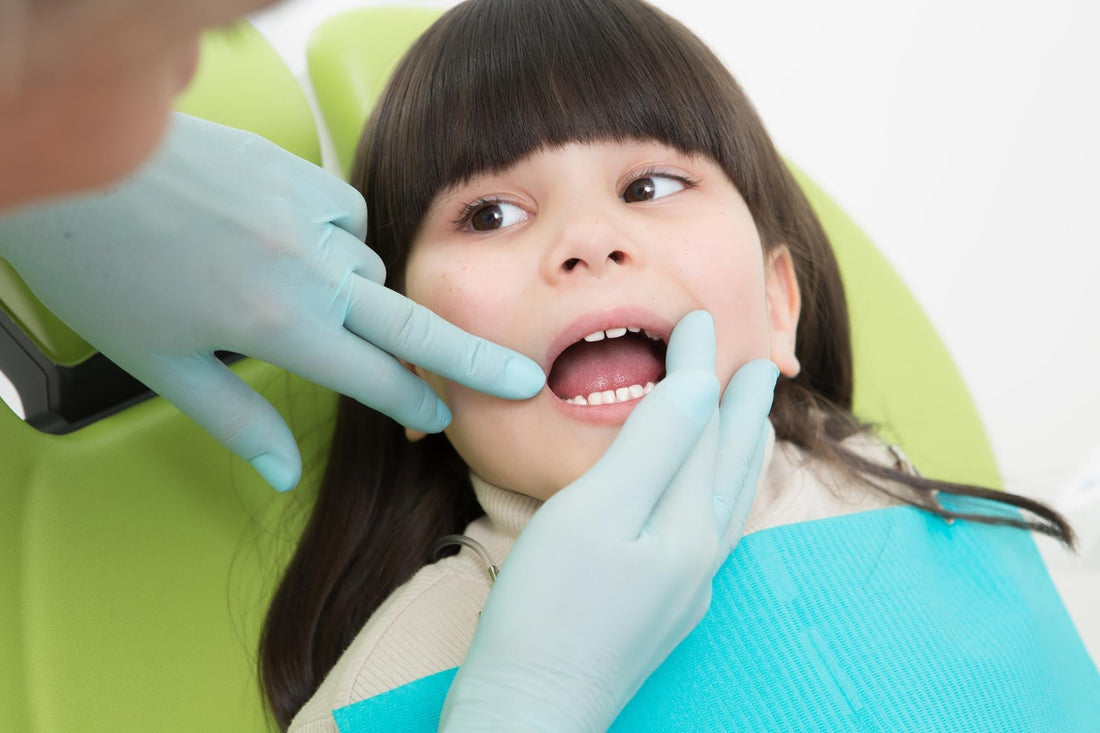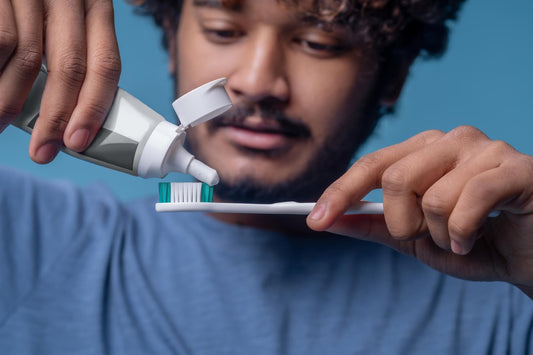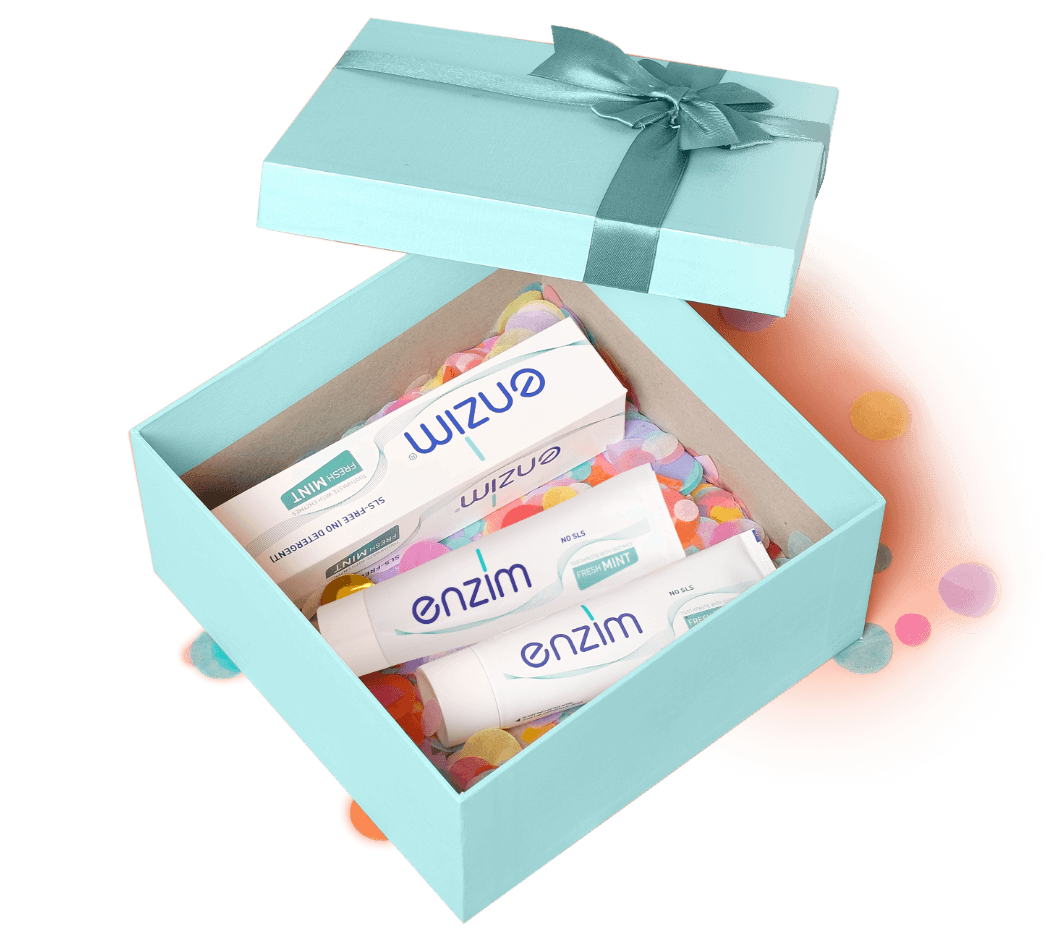Dental Fluorosis in Children: Causes, Signs, and How to Prevent It

Dental Fluorosis in Children: Causes, Signs, and How to Prevent It - Enzim Singapore
Every parent wants their child to grow up with a healthy, confident smile. If you’ve noticed faint white specks or even yellow-brown patches on your child’s teeth despite good brushing habits, this could be a sign of dental fluorosis. While fluoride is essential for strong teeth, too much of it during childhood tooth development can affect how enamel forms. The good news: fluorosis is preventable with a few simple habits at home.
What is dental fluorosis?
Dental fluorosis occurs when developing teeth (typically up to around 8 years old) are exposed to excessive fluoride. Enamel doesn’t form evenly, leading to visible changes in colour and texture. Fluorosis is not an infection and it usually doesn’t hurt, but the appearance can affect a child’s confidence as they grow.
Signs and severity to watch for
Fluorosis ranges from very mild to severe. Early changes can be easy to miss.
-
Very mild / mild: Small, thin white lines or flecks on the enamel often only visible in bright light.
-
Moderate: Noticeable white patches, sometimes with rougher or more porous surfaces that can collect plaque more easily.
-
More severe: Yellow-brown staining, pitting, or chipping of enamel; the surface may feel uneven.
If you’re unsure whether a mark is fluorosis or simply post-brushing calcium deposits, ask your dentist to assess it during a routine check-up.
Where excess fluoride usually comes from
Children can receive too much fluoride from several everyday sources, especially before they learn to spit toothpaste out reliably:
-
Toothpaste swallowing: Using too much fluoridated toothpaste or frequently swallowing it (common in younger children).
-
Drinking water: Naturally high-fluoride water in some regions.
-
Processed foods/drinks: Products made with high-fluoride water may add to total intake.
Because enamel is still forming in the early years, overexposure at this time can disrupt mineralisation and leave patchy enamel later on.
Practical prevention: what parents can do
You don’t need to avoid fluoride altogether just use the right amount for your child’s age and help them develop safe brushing habits.
-
Use age-appropriate amounts of toothpaste.
-
Under 3 years: a smear (about a grain of rice).
-
3–6 years: a pea-sized amount.
Guide your child to spit, not rinse rinsing washes away protective ingredients.
-
-
Supervise brushing.
Help children brush twice daily and discourage swallowing toothpaste. Model spitting and make it a fun routine. -
Know your water.
If you live in an area with naturally high fluoride in water, speak with your dentist about balancing sources (e.g., toothpaste amount, alternative sources). -
Be mindful of “hidden” fluoride.
Processed drinks/foods manufactured with fluoridated water can contribute to overall intake. Offer plain water regularly and maintain a balanced diet. -
See the dentist regularly.
Routine checks help catch early changes and reinforce home-care techniques tailored to your child.
Will fluorosis harm my child’s health?
Fluorosis is primarily a cosmetic condition. Teeth can still be strong and healthy. If appearance is a concern, your dentist can discuss options when your child is older, such as micro-abrasion, whitening for suitable cases, or other conservative treatments.
Choosing a child-friendly toothpaste
Look for products that help protect teeth while supporting gentle daily care for young mouths:
-
Right fluoride level for children, used in the correct amount.
-
Gentle, SLS-free formulas that are kind to mouths prone to irritation.
-
Supportive ingredients (e.g., enzymatic systems, xylitol) that help maintain a healthier oral environment.
For example, Enzim Kids toothpaste is formulated without detergent (SLS), contains active enzymes to support the mouth’s natural defences, uses food-grade ingredients that are safe if accidentally swallowed, includes xylitol, and provides fluoride appropriate for children when used as directed so enamel is strengthened without excess exposure.



